Overview: Ghorepani-Ghandruk Short Trek
The Ghorepani-Ghandruk Short Trek, widely known as the Poon Hill Trek, is a captivating journey through the lower Annapurna region of Nepal, celebrated for its rich cultural tapestry, lush forested trails, and awe-inspiring views of the Himalayan giants. Despite being one of the shorter treks in the region typically completed in 4 to 6 days it offers an immersive and deeply rewarding experience, making it an ideal choice for those new to trekking, families, or anyone on a tight schedule who still wants to experience the grandeur of the Himalayas.
Located within the Annapurna Conservation Area (ACA) Nepal’s first and largest protected conservation region the trek weaves through a diverse ecological zone that spans from subtropical woodlands to temperate alpine forests. At the heart of this trek lies Poon Hill (3,210 meters / 10,531 feet), a world-famous vantage point that offers one of the best panoramic sunrise views in the Himalayas. On a clear morning, trekkers are treated to golden hues washing over Mt. Dhaulagiri (8,167m), Annapurna I (8,091m), Machhapuchhre (6,993m), and several other peaks that form part of the Annapurna and Dhaulagiri masses.

Poon Hill Trek A Journey Through Culture and Nature
This trek isn’t just about mountains; it’s also a journey through the heart of the Gurung and Magar ethnic communities, two indigenous groups with rich traditions, distinct languages, and deep spiritual ties to the land.
Ghorepani Village
Originally a rest stop for ancient salt traders traveling between Tibet and Nepal, Ghorepani meaning “horse water” sits at the edge of a deep forest ridge. It’s now a popular overnight stop where trekkers acclimatize before ascending to Poon Hill. The Magar people here are known for their musical traditions, unique dance forms, and warrior history; many have served in the British and Indian Gurkha regiments.

Ghandruk Village
Arguably the most picturesque village on the trail, Ghandruk is a well-preserved Gurung settlement, complete with slate-roofed stone houses, terraced fields, and cobblestone paths. It’s home to the Gurung Cultural Museum, where visitors can explore traditional clothing, tools, and photographs that tell the story of the Gurung way of life. Ghandruk also serves as a major recruitment center for the Gurkhas, and many homes display plaques or flags honoring their military contributions.

Flora, Fauna, and Seasonal Beauty
The trail passes through some of Nepal’s most vibrant rhododendron forests, which come alive in the spring months (March–April) with brilliant shades of red, pink, and white. These forests are not just scenic but ecologically rich, forming part of the Himalayan biodiversity hotspot. Along the way, you may encounter wildlife such as Langurs (gray monkeys) ,Himalayan monals (Nepal’s national bird, known locally as danphe), Musk deer, and a variety of butterflies and bird species. On these trails Spring brings wildflowers and clear skies ,Autumn (Sept–Nov) offers the best visibility and stable weather, Winter provides solitude and crisp views, although snow may dust the higher elevations and Monsoon (June–Aug) is quieter, but leeches and slippery trails can be a challenge.
Ghorepani Poonhill The Trekking Experience
The trek typically starts with a drive from Pokhara to Nayapul, the traditional gateway to the Annapurna region. From there, the trail leads through scenic hamlets like Ulleri, Banthanti, and Tadapani, each offering different perspectives of rural mountain life.
Trekkers stay in teahouses locally run lodges that provide warm meals, basic rooms, and a communal atmosphere. Meals often include dal bhat (lentils and rice), hearty soups, Tibetan bread, and seasonal vegetables. Along the way, locals sell fresh fruits, yak cheese, and handmade crafts like woolen hats and beaded jewelry.
One of the most memorable experiences is the early morning ascent to Poon Hill, often undertaken by flashlight. As the sky transitions from inky darkness to glowing orange, the silhouettes of Himalayan peaks emerge, followed by dazzling golden reflections on snow-covered summits, an image many consider the highlight of their trip.
Why Choose the Ghorepani-Ghandruk Short Trek?
Unlike other high-altitude treks that demand long acclimatization periods and physical endurance, the Ghorepani-Ghandruk trek offers a comparatively gentle trail, teahouse accommodations, rich cultural exposure, and awe-inspiring Himalayan landscapes. The route is well-trodden, safe, and can be completed within 4 to 6 days, making it a top pick for both domestic and international travelers.It is no wonder this route is one of the best short treks in Nepal, combining natural beauty, cultural encounters, and physical activity in perfect harmony.

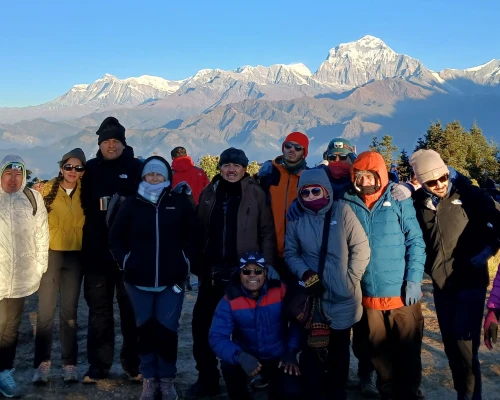
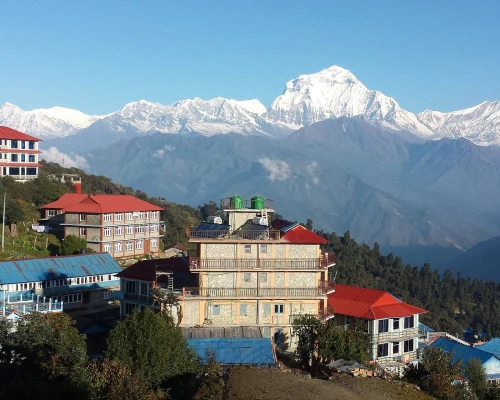
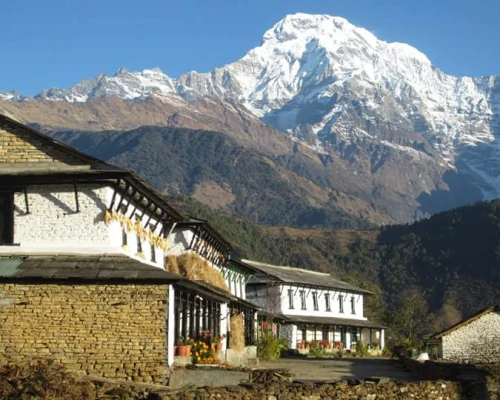
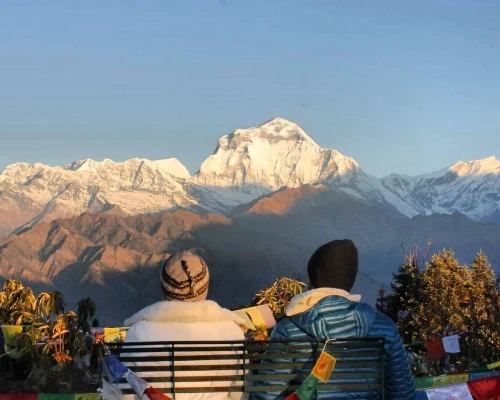
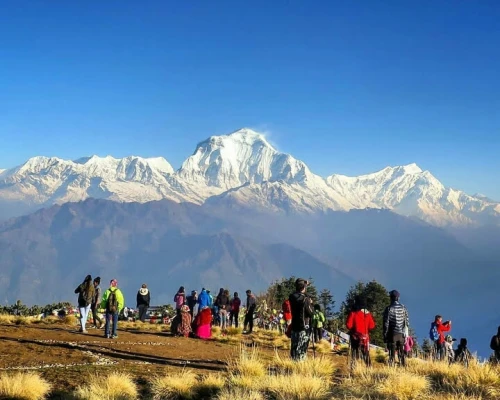
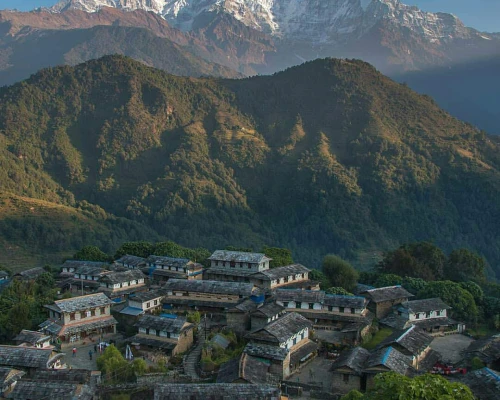
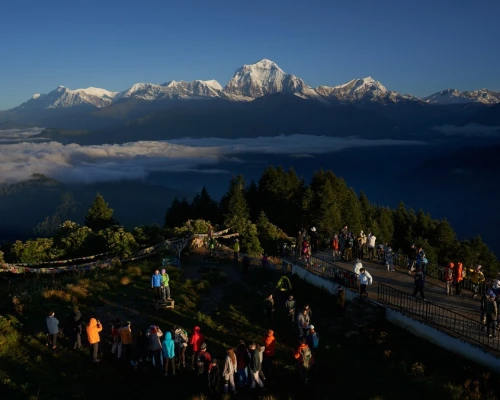
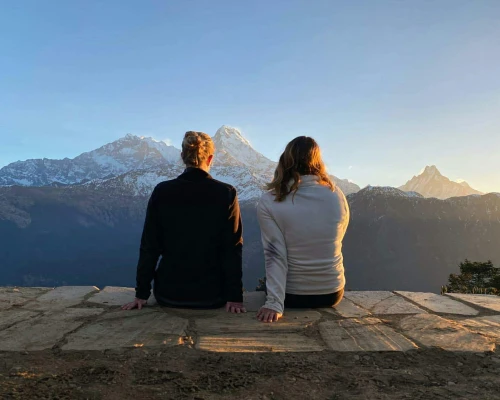
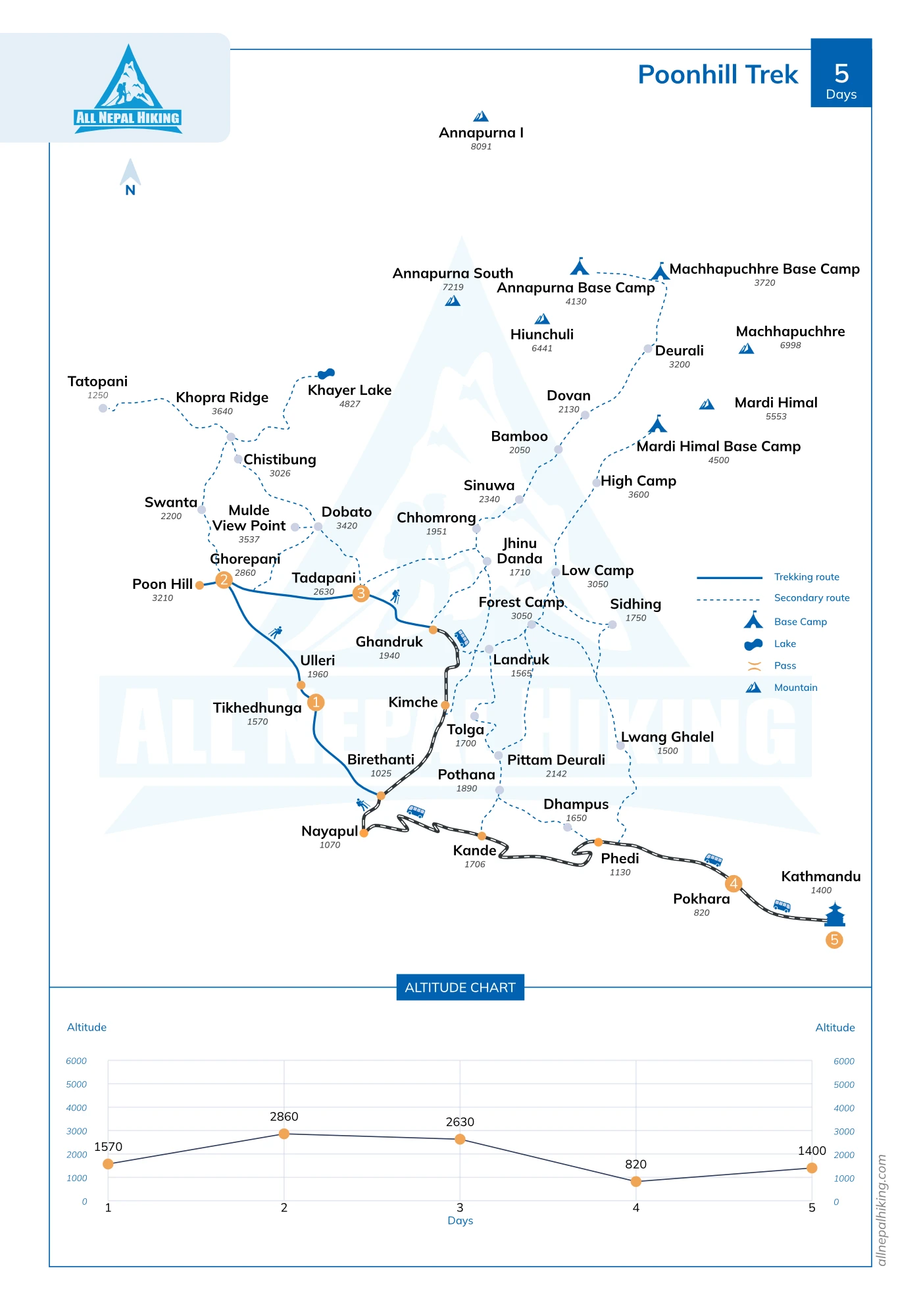

 based on 11 reviews
based on 11 reviews
